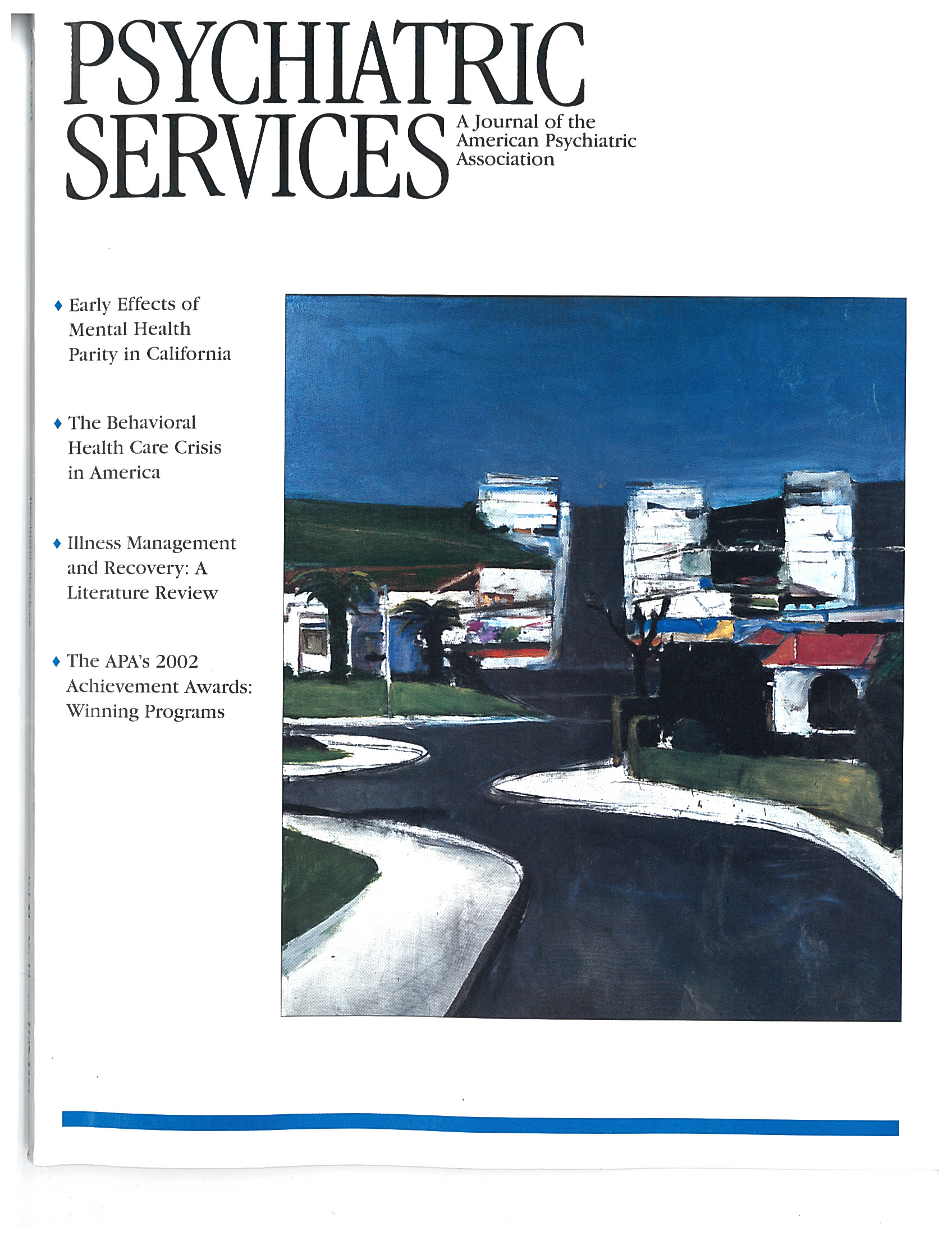The Relationship of Restrictions on State Hospitalization and Suicides Among Emergency Psychiatric Patients
Abstract
OBJECTIVE: This study explored the relationship between mandated decreases in transfers to a state hospital from a large urban psychiatric emergency facility and the occurrence of suicide in the catchment area served. METHODS: During 1996, new admission criteria that emphasized psychiatric diagnosis and potential benefit from hospitalization and that restricted the admission of recidivistic patients and of those with a primary diagnosis of a substance use disorder were phased in. Data on the number of patients seen in a psychiatric emergency service and the number transferred to the state hospital were obtained for the period 1994-1998. Data on all completed suicides in the county served by the hospital were also obtained. RESULTS: During 1994 and 1995, a total of 9,308 patients were transferred to the state hospital. In 1997 and 1998, a total of 4,072 patients were transferred. The number of patients seen in the emergency service remained constant throughout the study period. No change was noted in the absolute number or the rate of suicide in the county after the new admission criteria were implemented. A total of 164 suicides were recorded in 1994-1995 (12 per 100,000 population per year), compared with 152 in 1997-1998 (ten per 100,000 population per year). CONCLUSIONS: Transfers to the state hospital were reduced by 56 percent, with no change in the suicide rate. This finding suggests that the availability of inpatient psychiatric hospitalization may not have a direct effect on the suicide rate.



